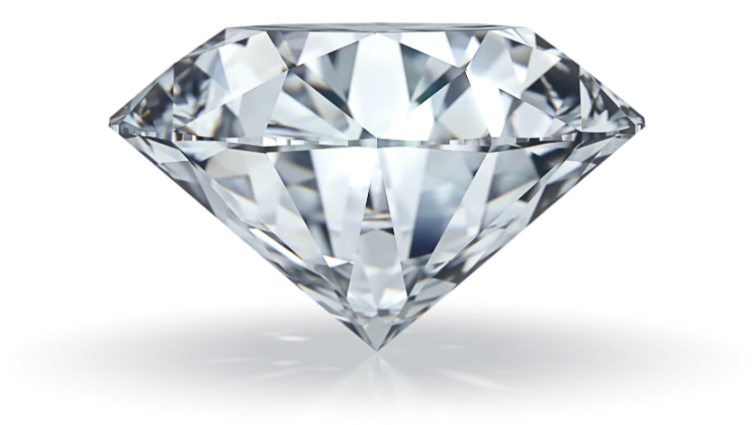The History of Diamond Mining in Namibia

Diamonds have been mined in Namibia since 1908, when railway worker Zacharias Lewala found a stone that would change the course of history of South West Africa/Namibia, and of alluvial mining. The stone was a diamond, and shortly after he handed it to his supervisor, August Stauch, a frenzied diamond rush to the desert sands near Luderitz took place and resulted in the mining of seven million carats for colonial Germany until World War I in 1914.

The deposits were very rich, so rich that Stauch and others could often simply pick up diamonds from the valley floors. In other places, valley floors were systematically swept clean of their sediments, the oversize screened off and right-sized material carried, carted or railed to treatment plants.
Innovative equipment was invented to treat the material – Plietz jigs, Schiechel pots, electric shovels, and the longest narrow gauge railway network in the world were introduced, all within the space of six years, to mine in this vast, challenging environment.
Work resumed after WWI with the various colonial mining companies having been combined into the Consolidated Diamond Mines of South West Africa, later to be renamed CDM, and the prospector Reüning, discovering the classic diamondiferous raised beaches near Oranjemund, which have now been mined continuously for nearly 80 years and have yielded 65 million carats of high quality large gems over the years.

In the early 1990s CDM was transformed into the modern Namibian diamond mining company Namdeb, and through progressive legislation its seven mineral licences covering 16 000 square kilometres have replaced the old grant area of the Sperrgebiet, the ‘Forbidden Area’.
The beaches discovered by Reüning have remained the mainstay of Namdeb’s production almost continuously since their discovery. They have demanded the same degree of inventiveness and innovation as the precursor mining to the north. Huge earthmoving fleets, converted war tanks, gigantic treatment plants, boulder bouncing, high security – all were introduced, or advanced, to respond to the demands of mining these unique deposits. The diamonds did not run out as the sea was approached, and mining continued 20m below sea level protected by high sand-walls, and lately, behind sunken water cut-off walls. Perhaps the greatest innovation took place in the late 1950s, when a few adventurous diamond hunters decided to look for them under the sea. The most notable of these was perhaps the Texas oilman, Sammy Collins, who formed the Marine Diamond Corporation, which, between 1961 and 1970, mined around one and a half million carats from under 20 metres of water.
Building on Collins’s legacy, marine mining of deposits as deep as 140m under the sea, has brought Namibia the distinction of being the leading marine mineral mining country. Over the years, the various areas combined have produced around 95 million carats, including around 12 million from deep water marine mining.